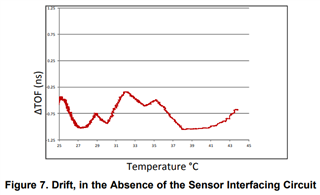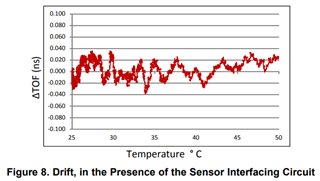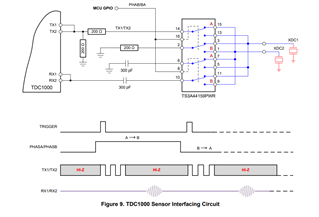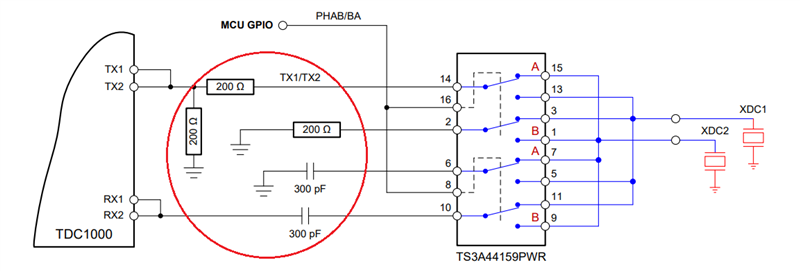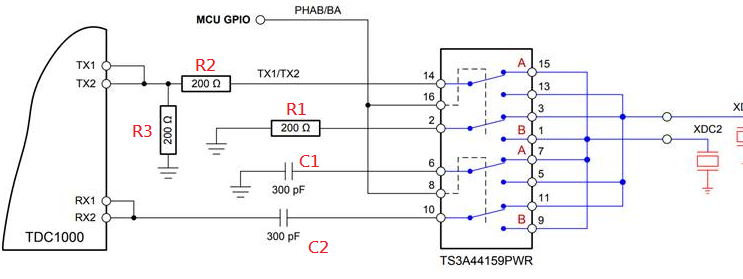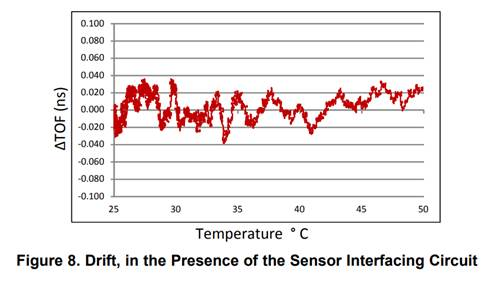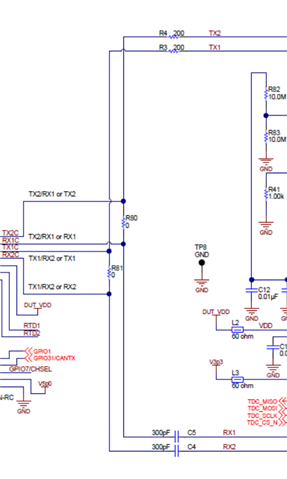Other Parts Discussed in Thread: MSP430FR6043,
Dear Sirs,
My customer has some question about the sensor interface circuit in SNIA020.pdf application document.
In the file, the ΔTOF drift cane be improve with sensor interface circuit of TDC1000.
My customer is interested in it and asks if there is any detailed information on how to implement it?
Thanks.
